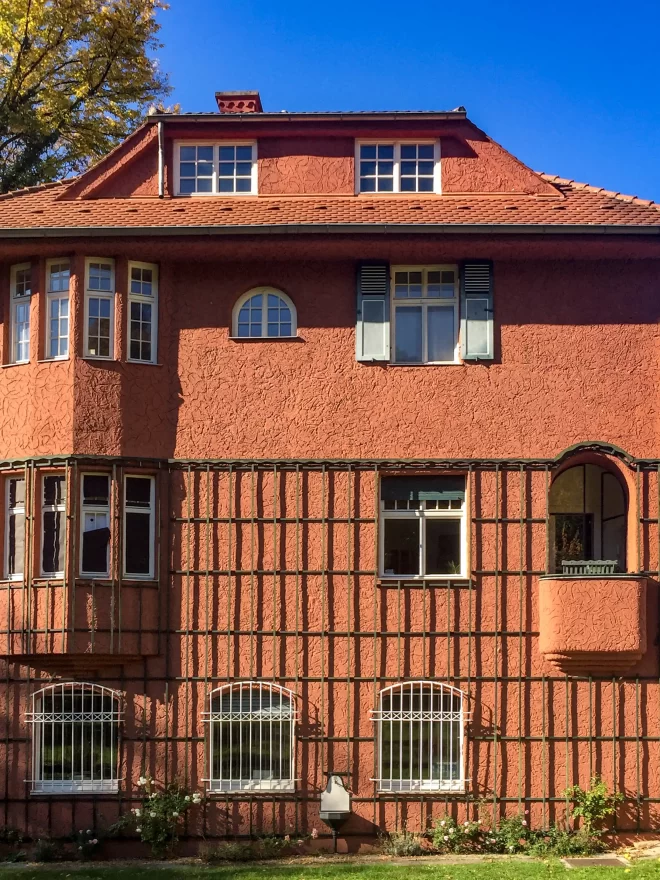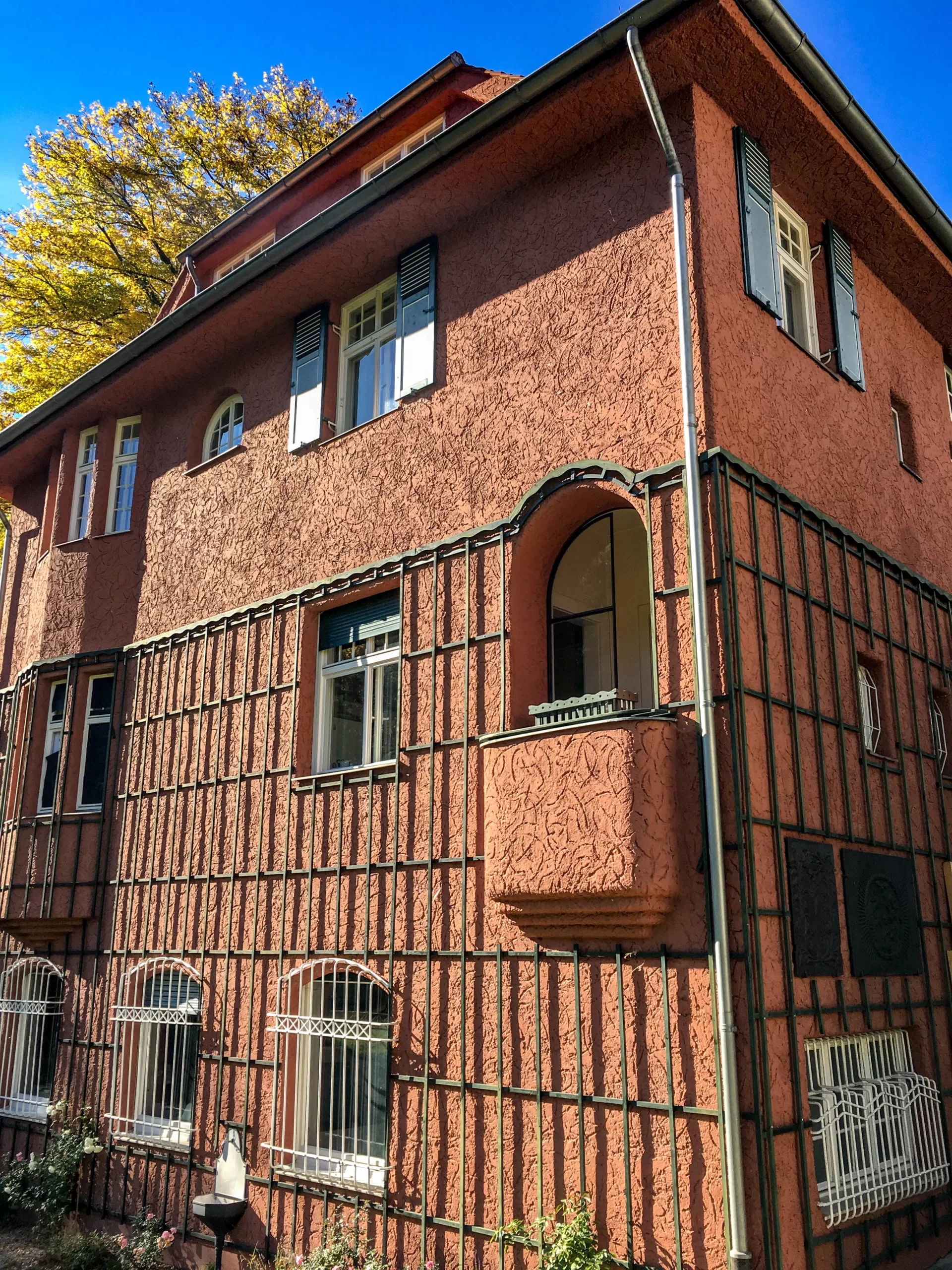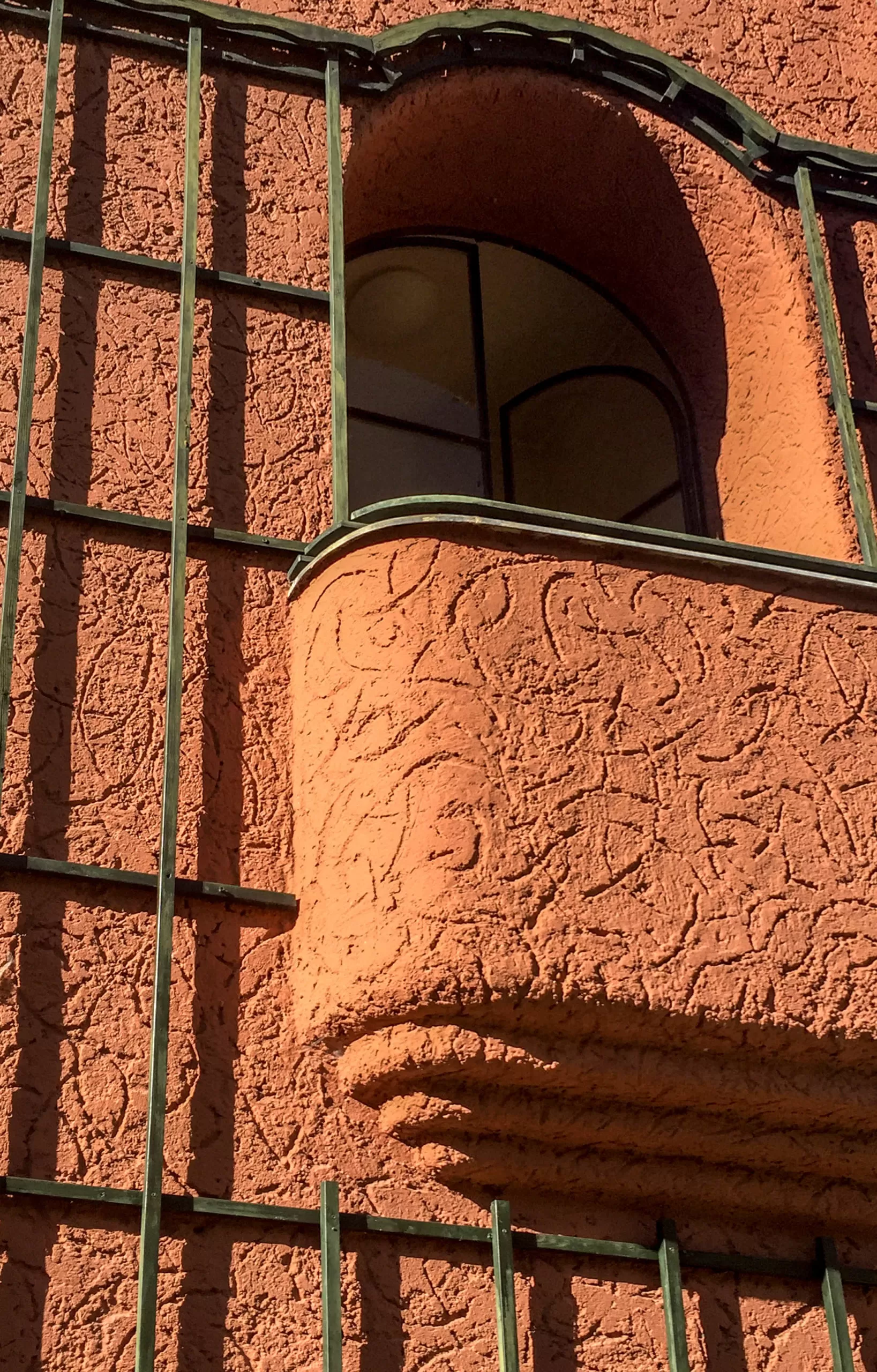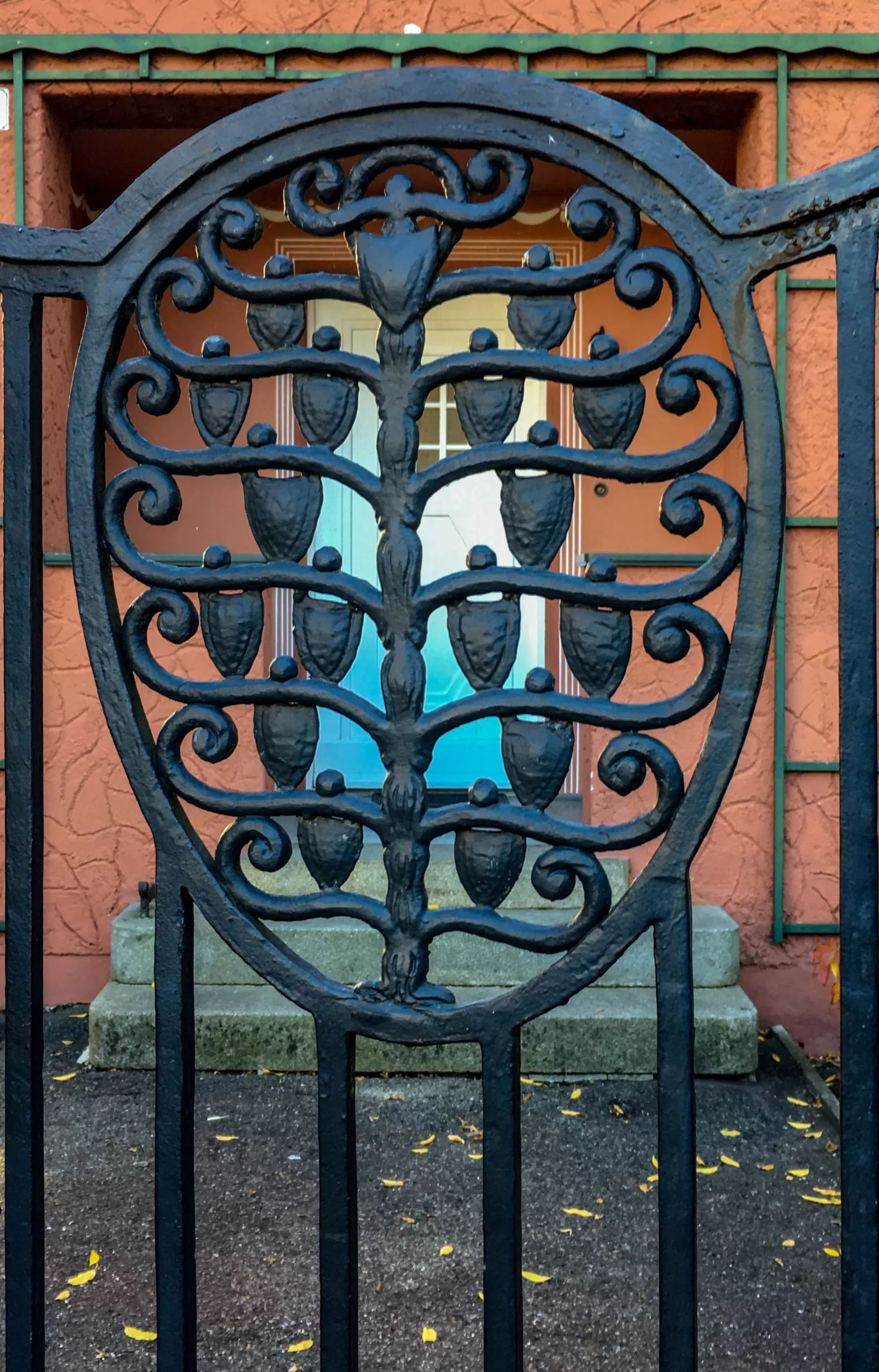
Haus Buchegger, 1907. Architects: Sebastian Buchegger, Heinrich Sturzenegger. Photo: Daniela Christmann
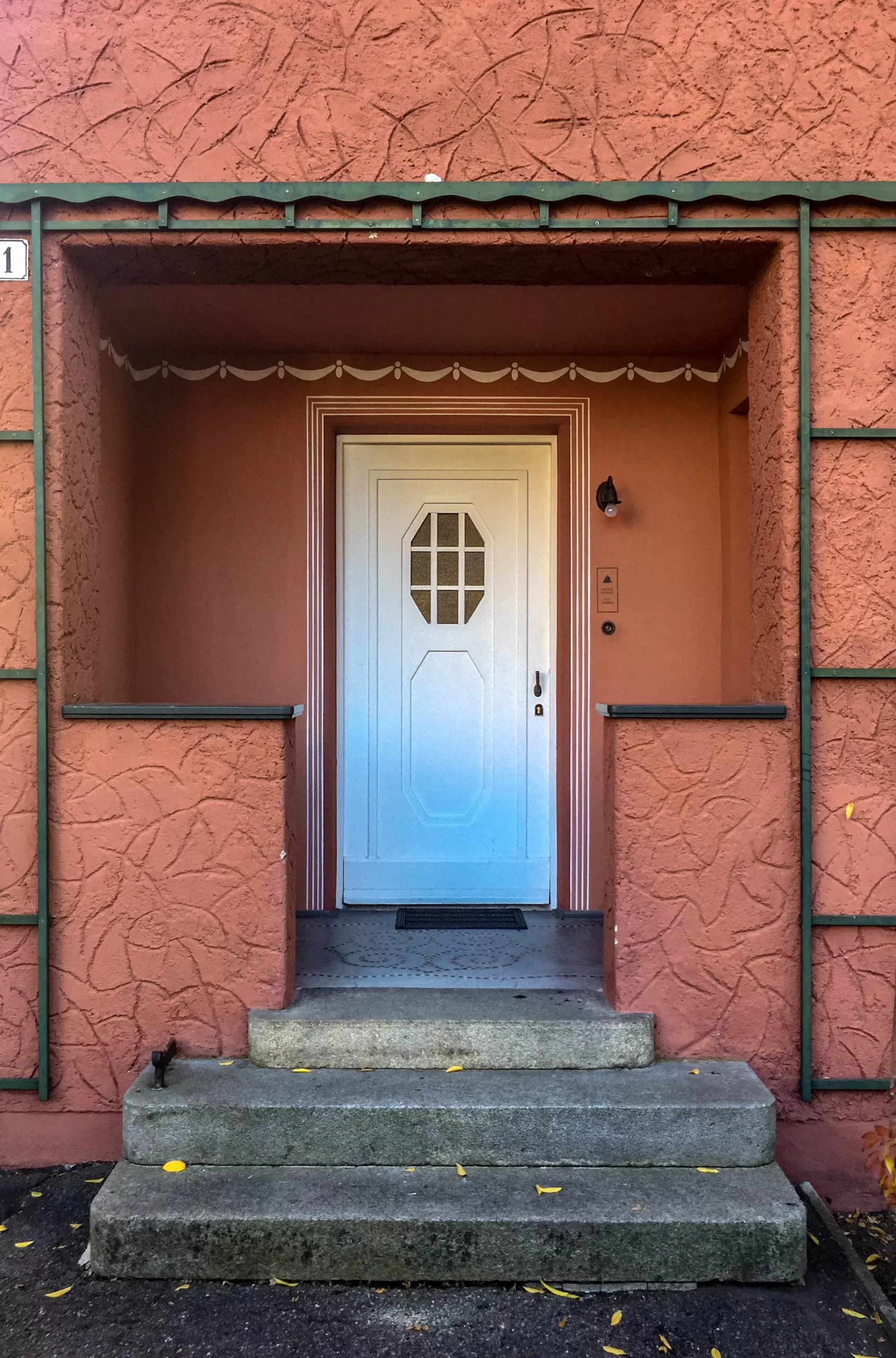
Haus Buchegger, 1907. Architects: Sebastian Buchegger, Heinrich Sturzenegger. Photo: Daniela Christmann
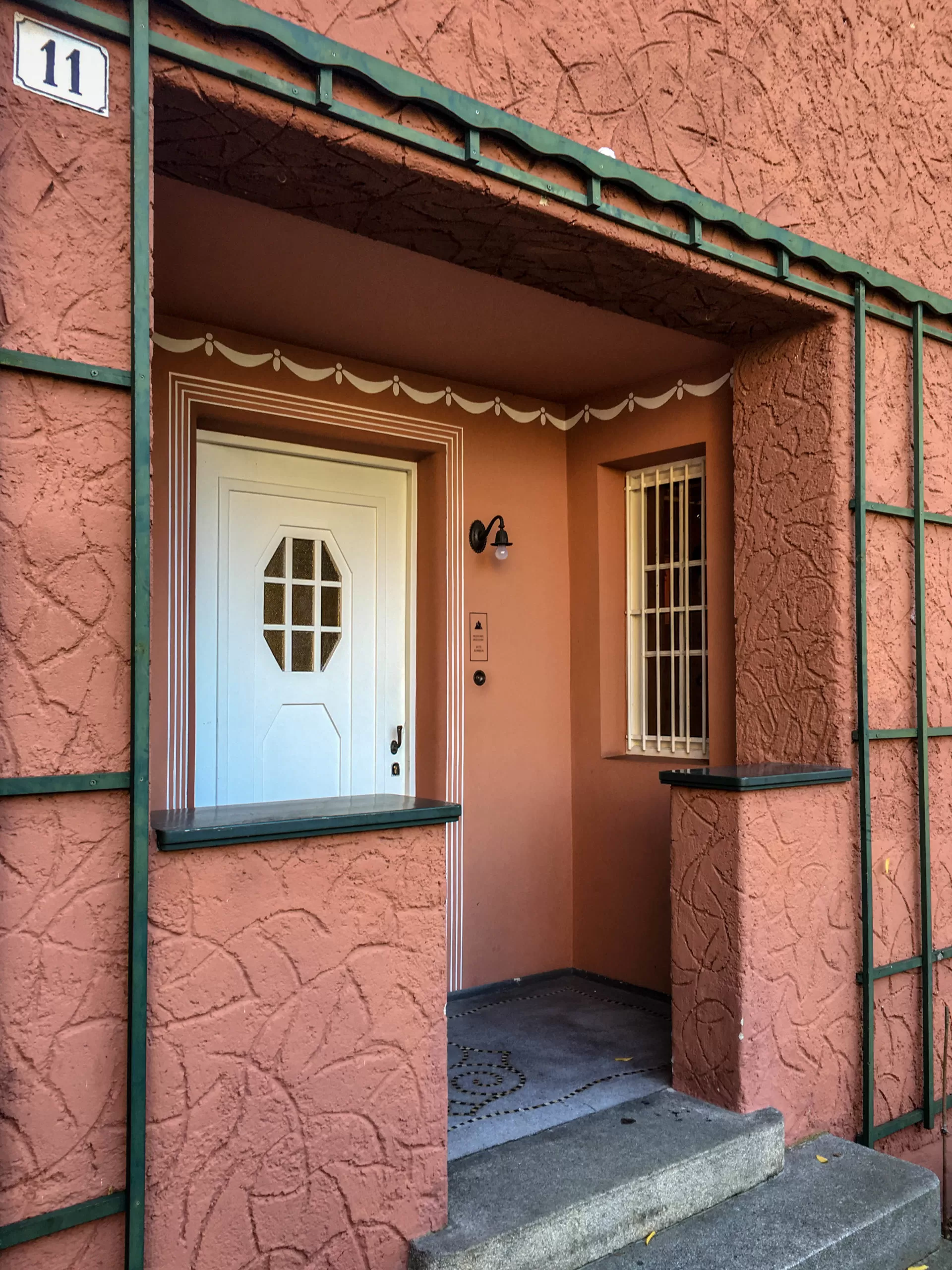
Haus Buchegger, 1907. Architects: Sebastian Buchegger, Heinrich Sturzenegger. Photo: Daniela Christmann
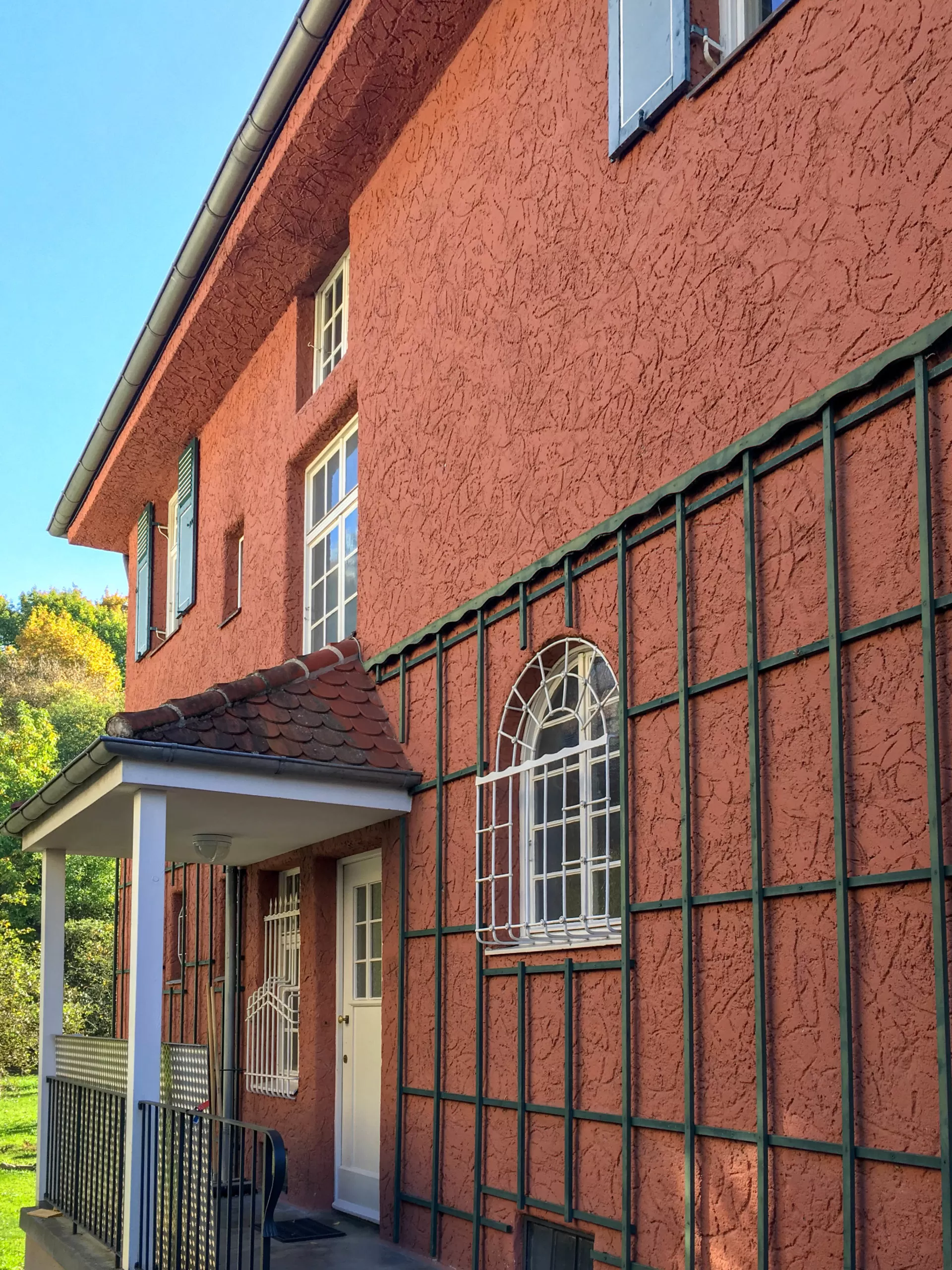
Haus Buchegger, 1907. Architects: Sebastian Buchegger, Heinrich Sturzenegger. Photo: Daniela Christmann
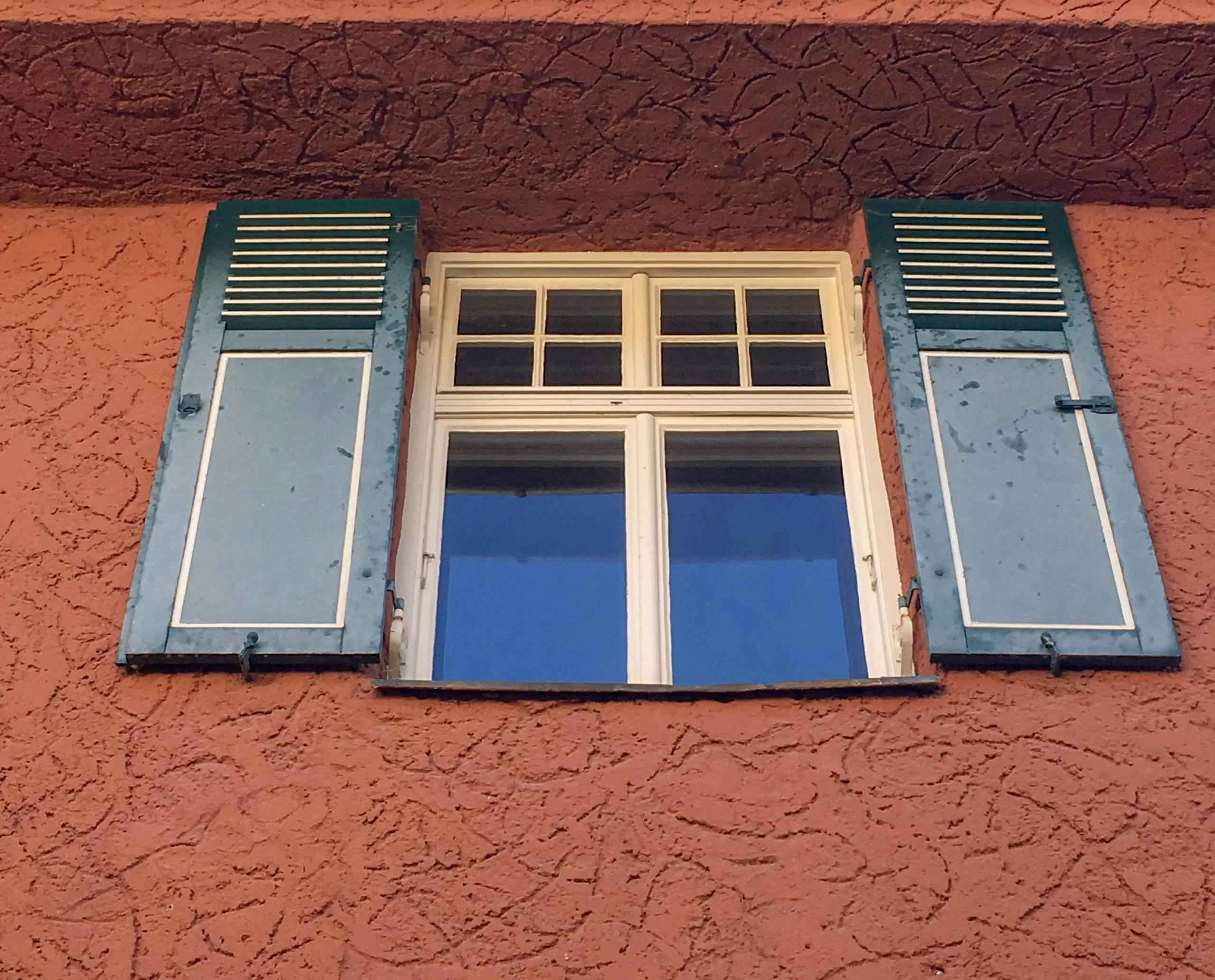
Haus Buchegger, 1907. Architects: Sebastian Buchegger, Heinrich Sturzenegger. Photo: Daniela Christmann
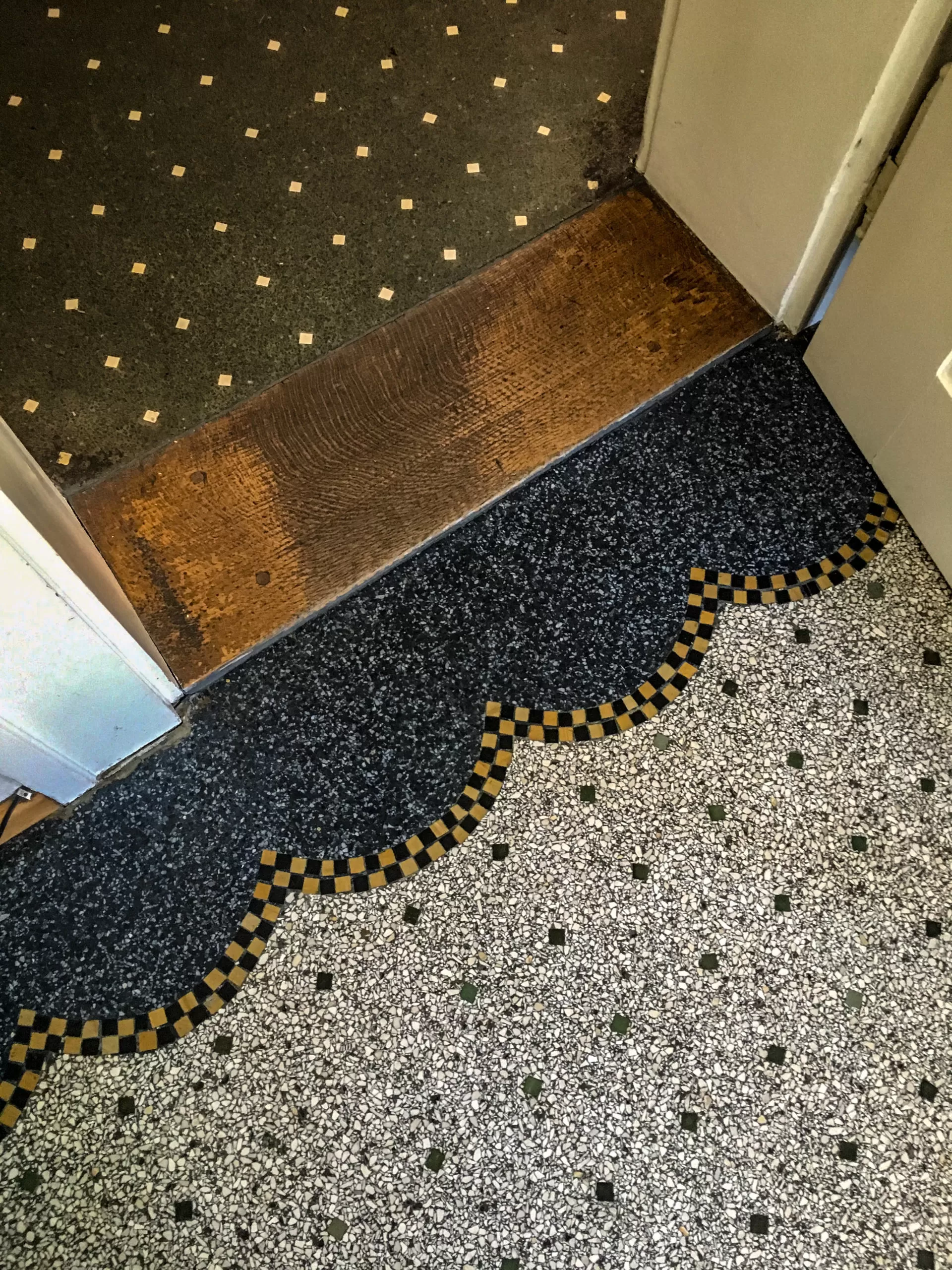
Haus Buchegger, 1907. Architects: Sebastian Buchegger, Heinrich Sturzenegger. Photo: Daniela Christmann
1907
Architects: Sebastian Buchegger, Heinrich Sturzenegger
Thelottstraße 11, Augsburg
The former home of architect Sebastian Buchegger is located in what is now known as the Thelottviertel in Augsburg.
Thelottviertel
The Thelottviertel was built between 1907 and 1929 according to plans by Sebastian Buchegger and is considered one of the first garden cities in Germany as well as a significant contribution to reform architecture.
The term garden city was coined by the British urban planner Ebenezer Howard, who primarily pursued social reformist ideas with his idea.
Under the impression of the lack of contemporary small apartments in Augsburg, Sebastian Buchegger developed the area between the main train station and the Wertach river at his own expense.
Single-Family Houses Colony
A colony of single-family houses was built on drained floodplain land, with spacious front and main gardens and landscaped courtyard areas.
Practicality, attractive form and reasonable construction costs were the requirements for the residential buildings located close to the center.
From 1907 to 1929, 106 single-family houses were erected, most of them in row construction. In addition, 76 apartment and commercial buildings were built.
Urban Planning
The urban planning concept of the so-called Buchegger’s single-family house colony was based on designed routing and varied placement of the residential houses, which stood individually or were grouped together in small assemblies. It was already praised as exemplary by contemporary critics.
The architect Heinrich Sturzenegger was an employee of the Augsburg architectural and building office Sebastian Buchegger from 1906 to 1914.
Haus Buchegger
The two-story former Buchegger residence with its projecting tent roof and bay-like extension is situated on a slope, so that the basement opens onto the large, former kitchen garden.
A representative entrance area leads into the wood-paneled business office, where Sebastian Buchegger received tenants and buyers of houses and apartments in his garden city, which was built starting in 1907.
The private rooms were connected to the business room and accessible via another side entrance to the house.
The first floor also contained a kitchen with pantry and several living rooms.
A central staircase with two attached toilets leads to the upper floor with additional living rooms and bathroom, as well as to the attic.
Former Architecture Museum of Swabia
Until 2019, the Buchegg Villa housed the Architecture Museum of Swabia. It served to research, document and communicate the architectural history of Swabia.
After long-standing differences between the responsible body, the Architekturmuseum der TU München, and the sponsor, the Arno Buchegger Foundation, the TU Munich terminated the contract with the foundation with the intention of initiating a new start with a new concept for the museum.
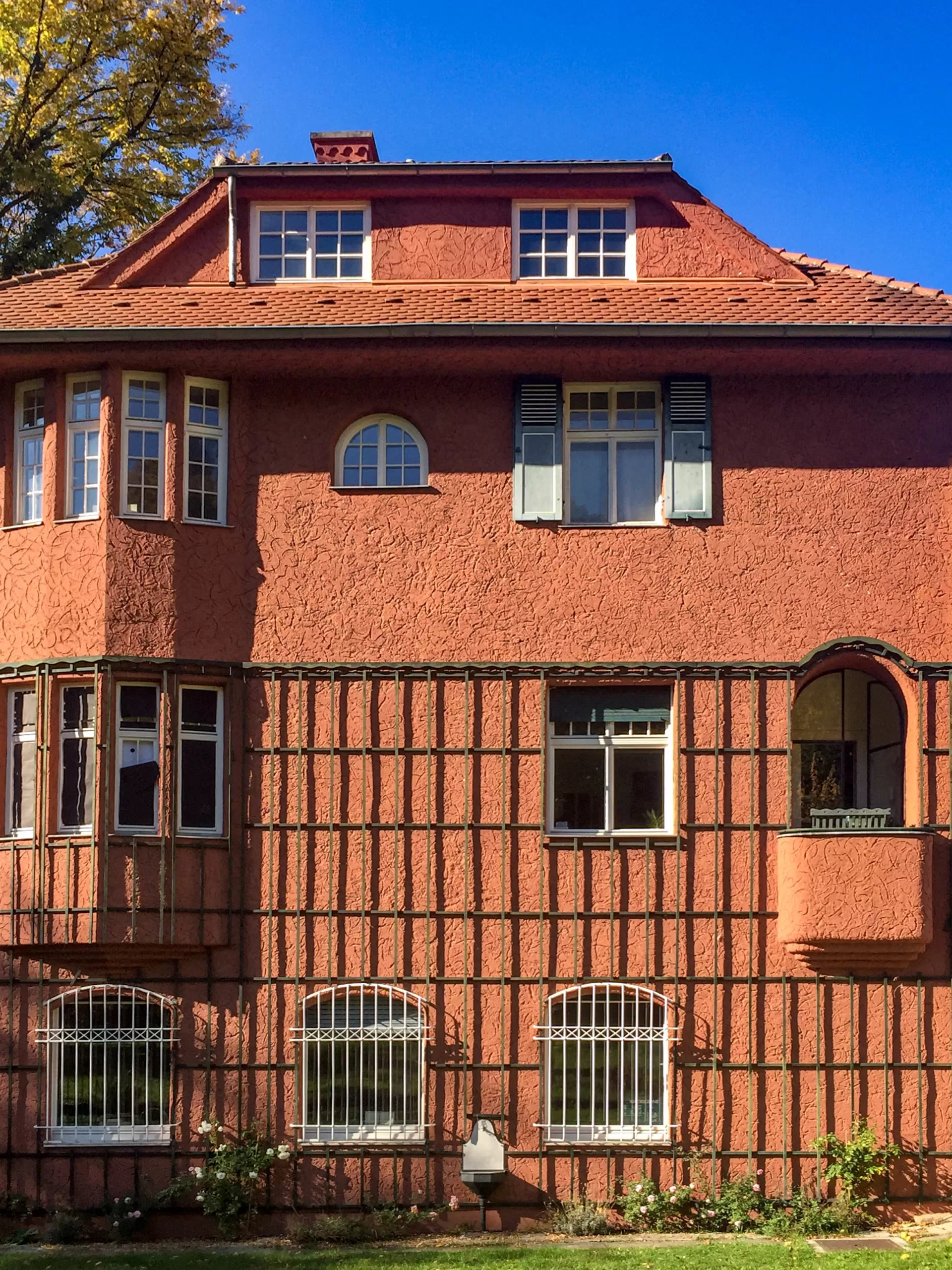
Haus Buchegger, 1907. Architects: Sebastian Buchegger, Heinrich Sturzenegger. Photo: Daniela Christmann
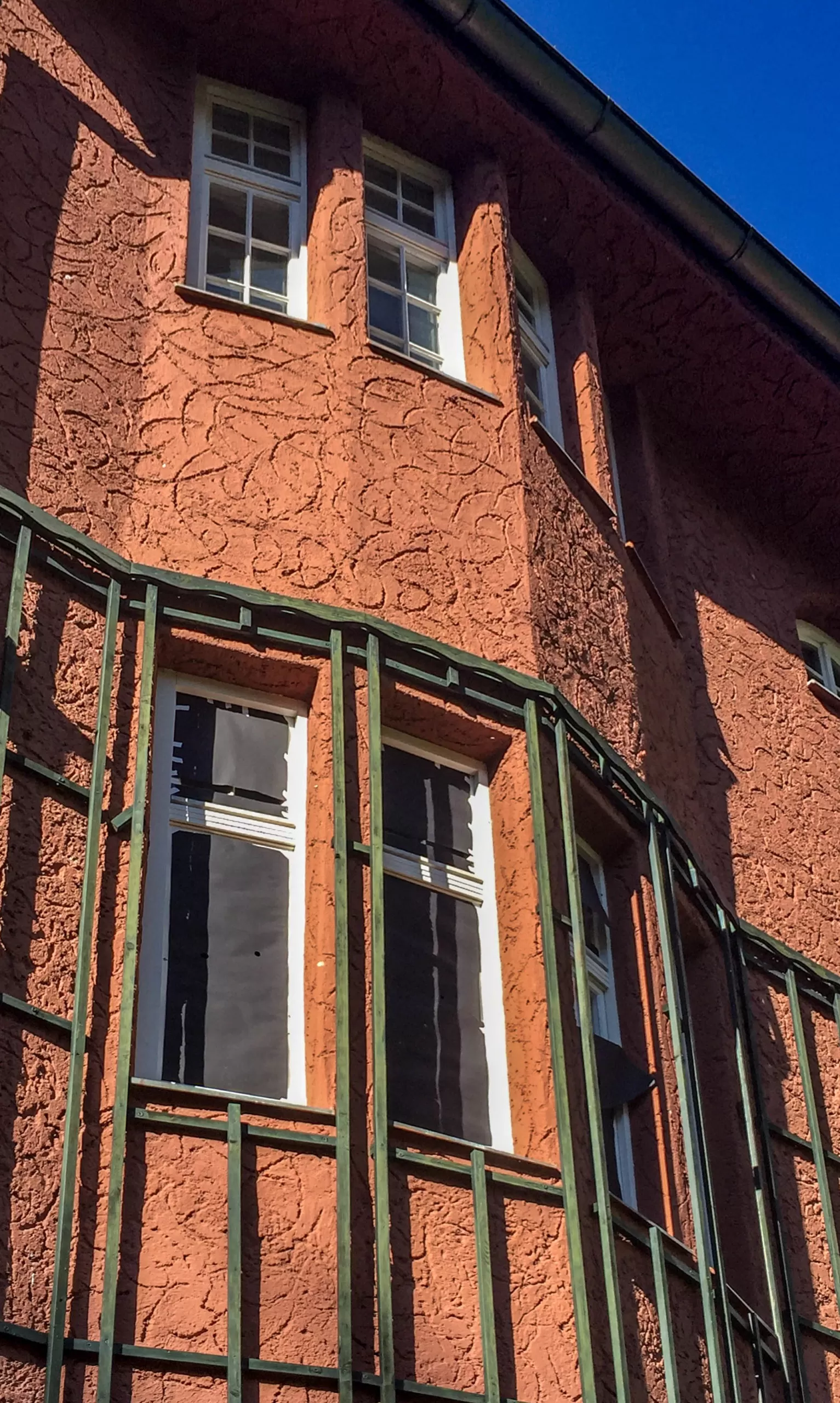
Haus Buchegger, 1907. Architects: Sebastian Buchegger, Heinrich Sturzenegger. Photo: Daniela Christmann
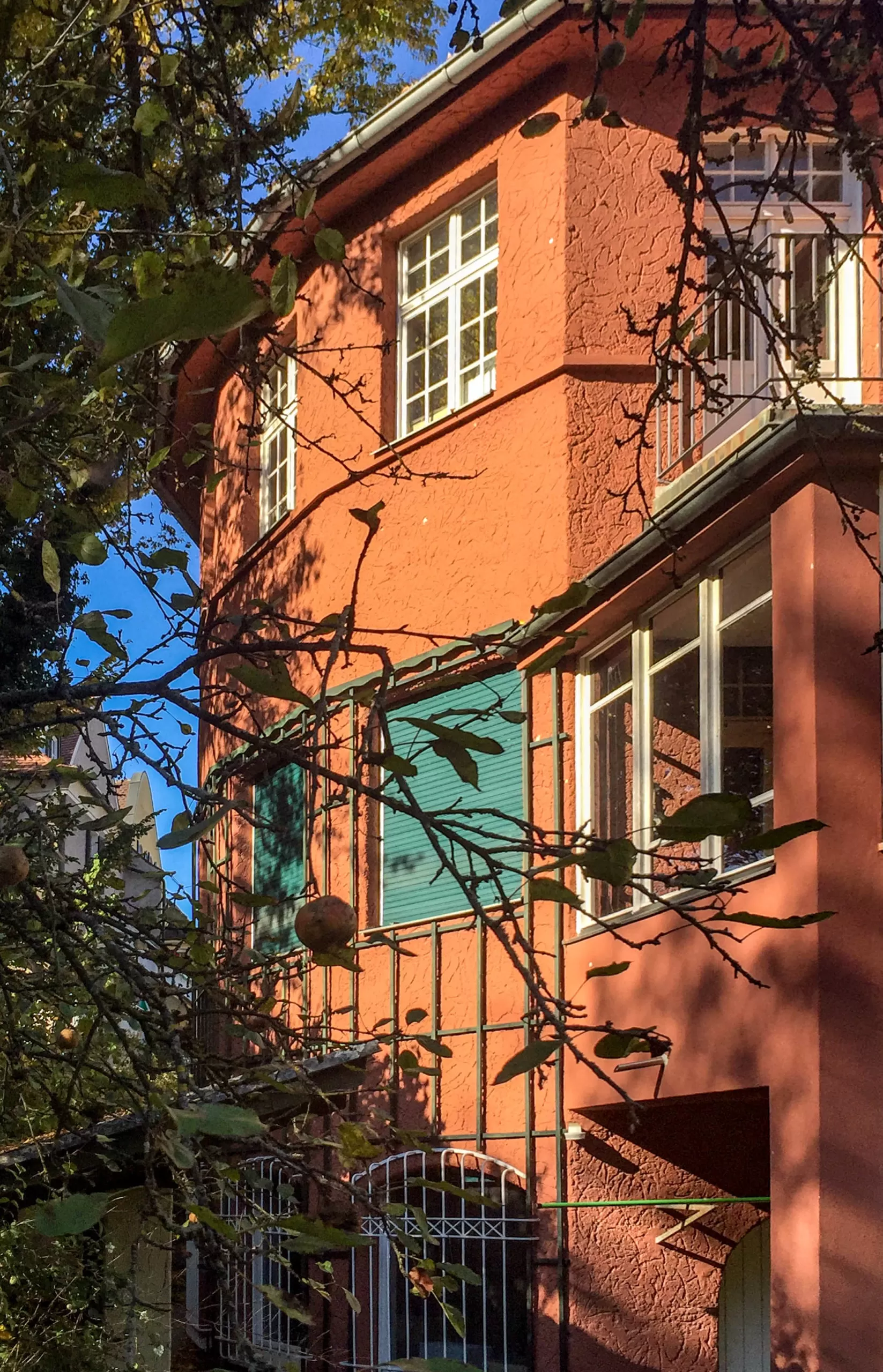
Haus Buchegger, 1907. Architects: Sebastian Buchegger, Heinrich Sturzenegger. Photo: Daniela Christmann

